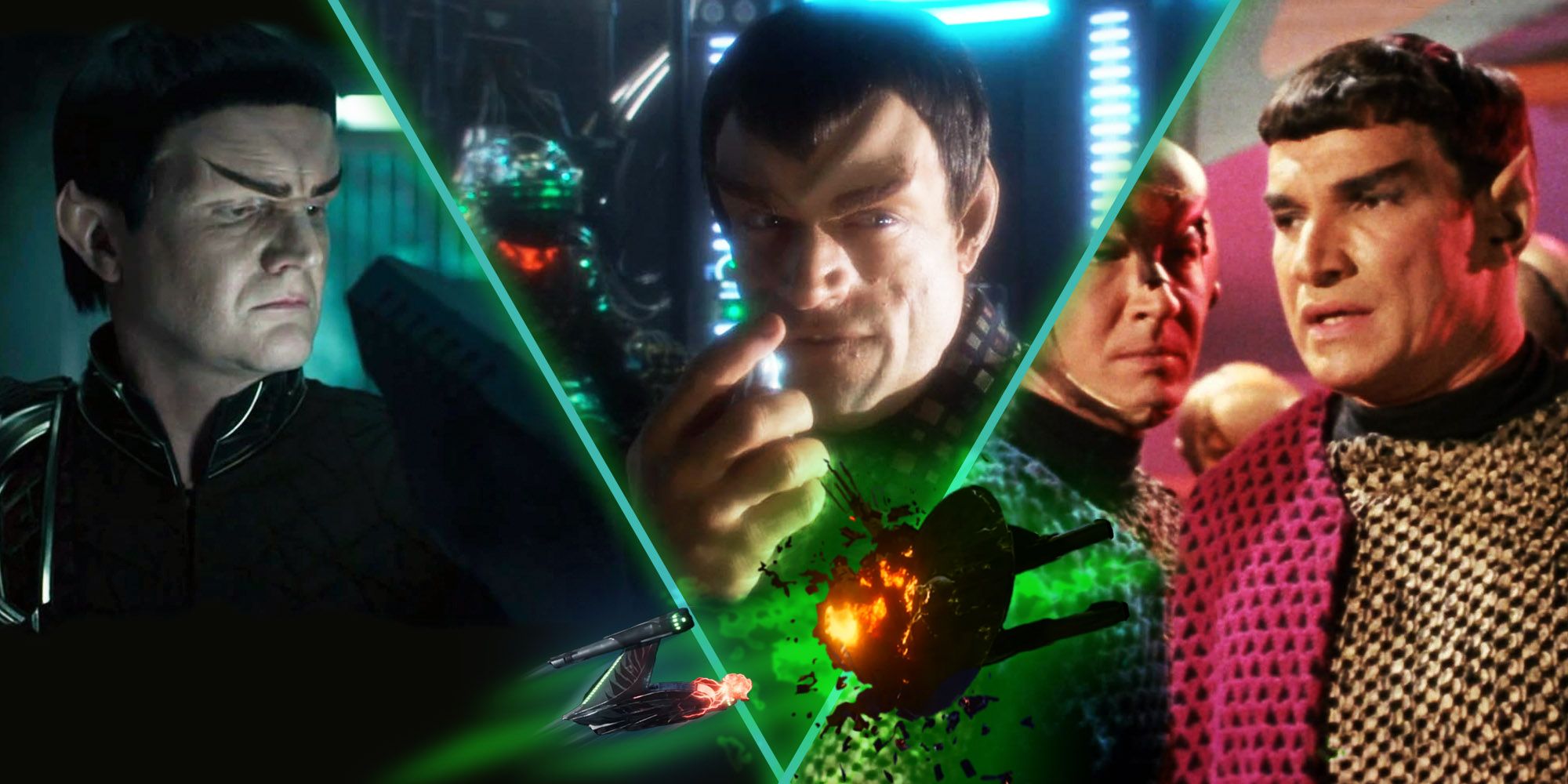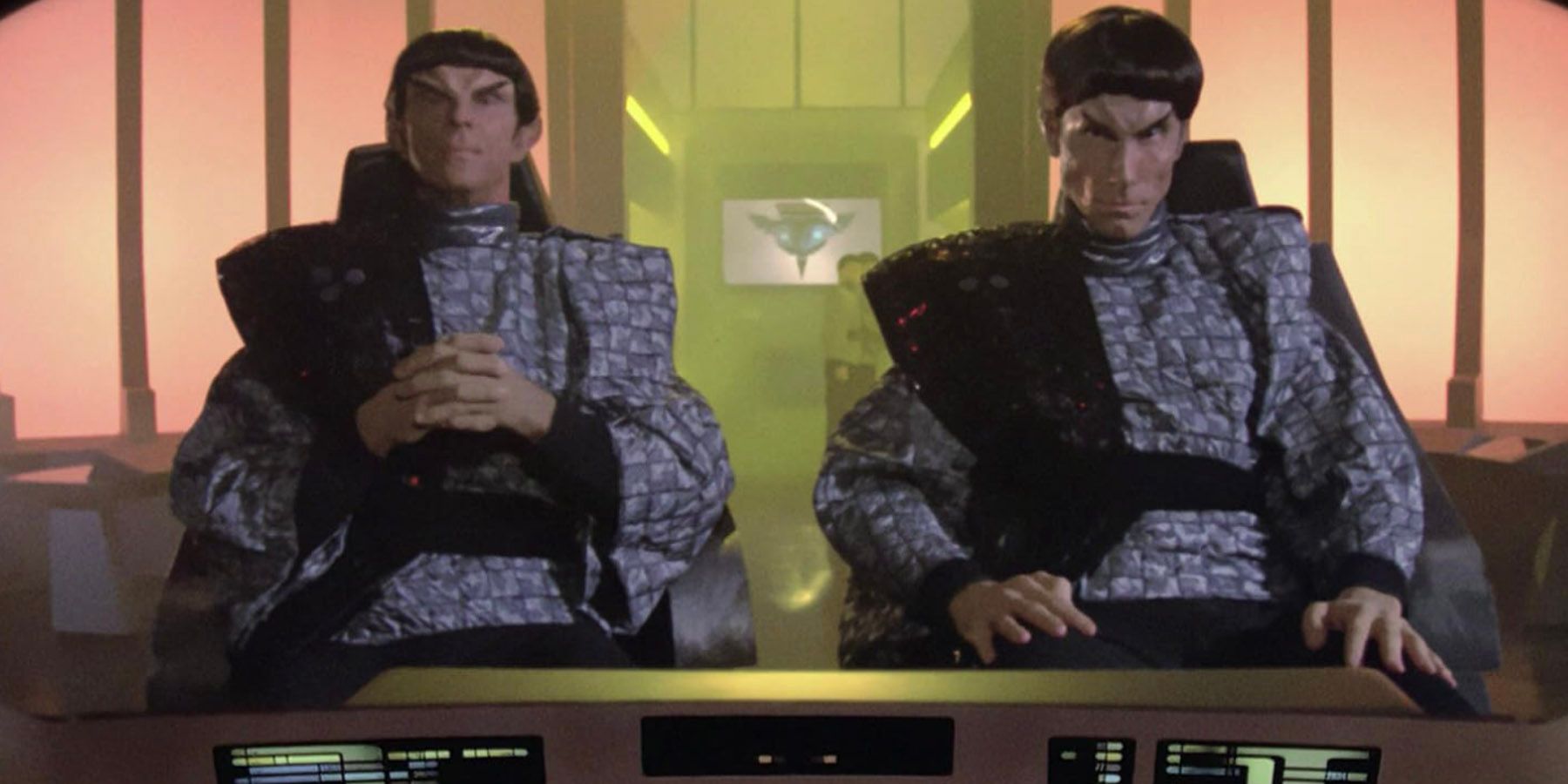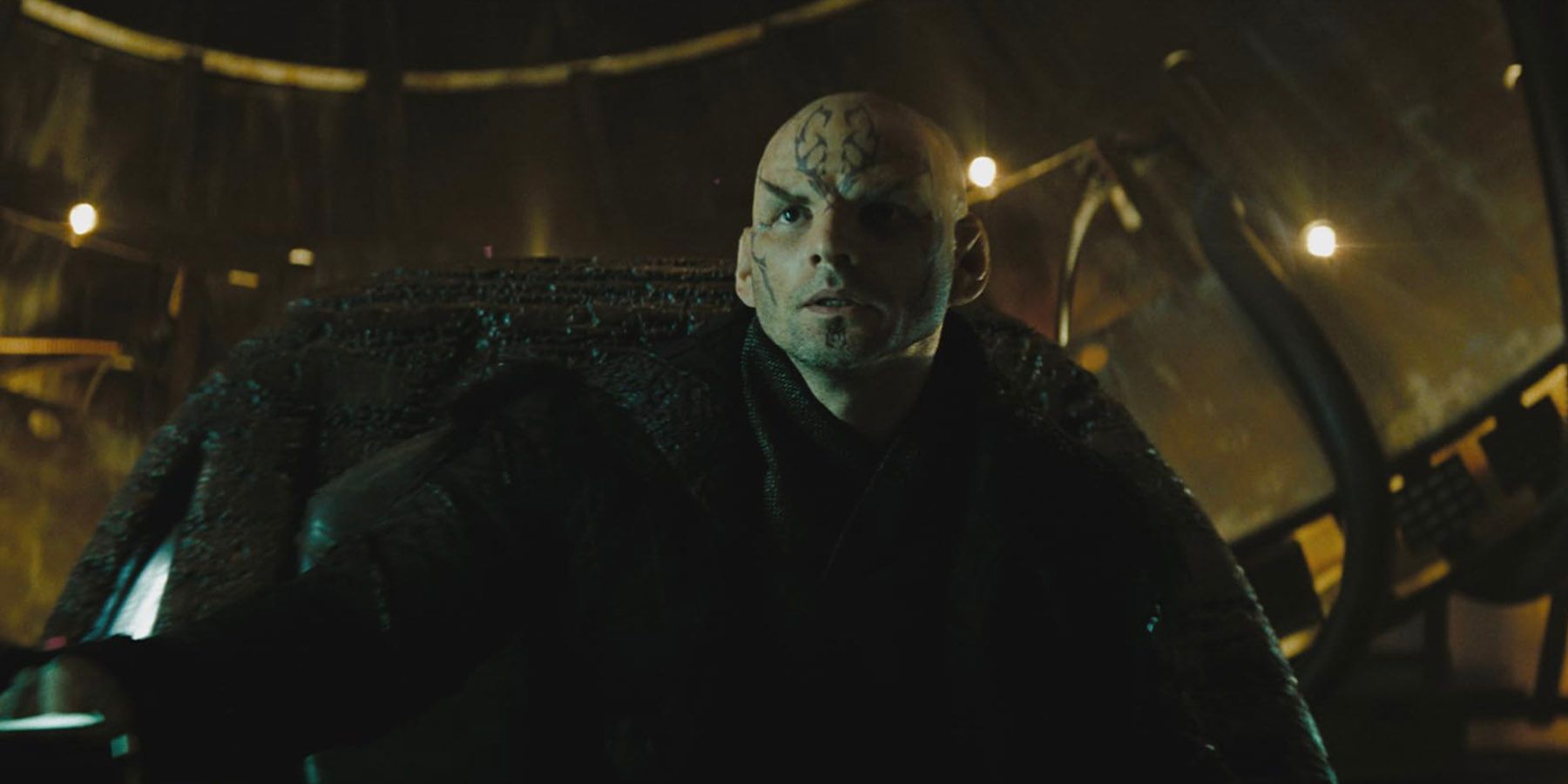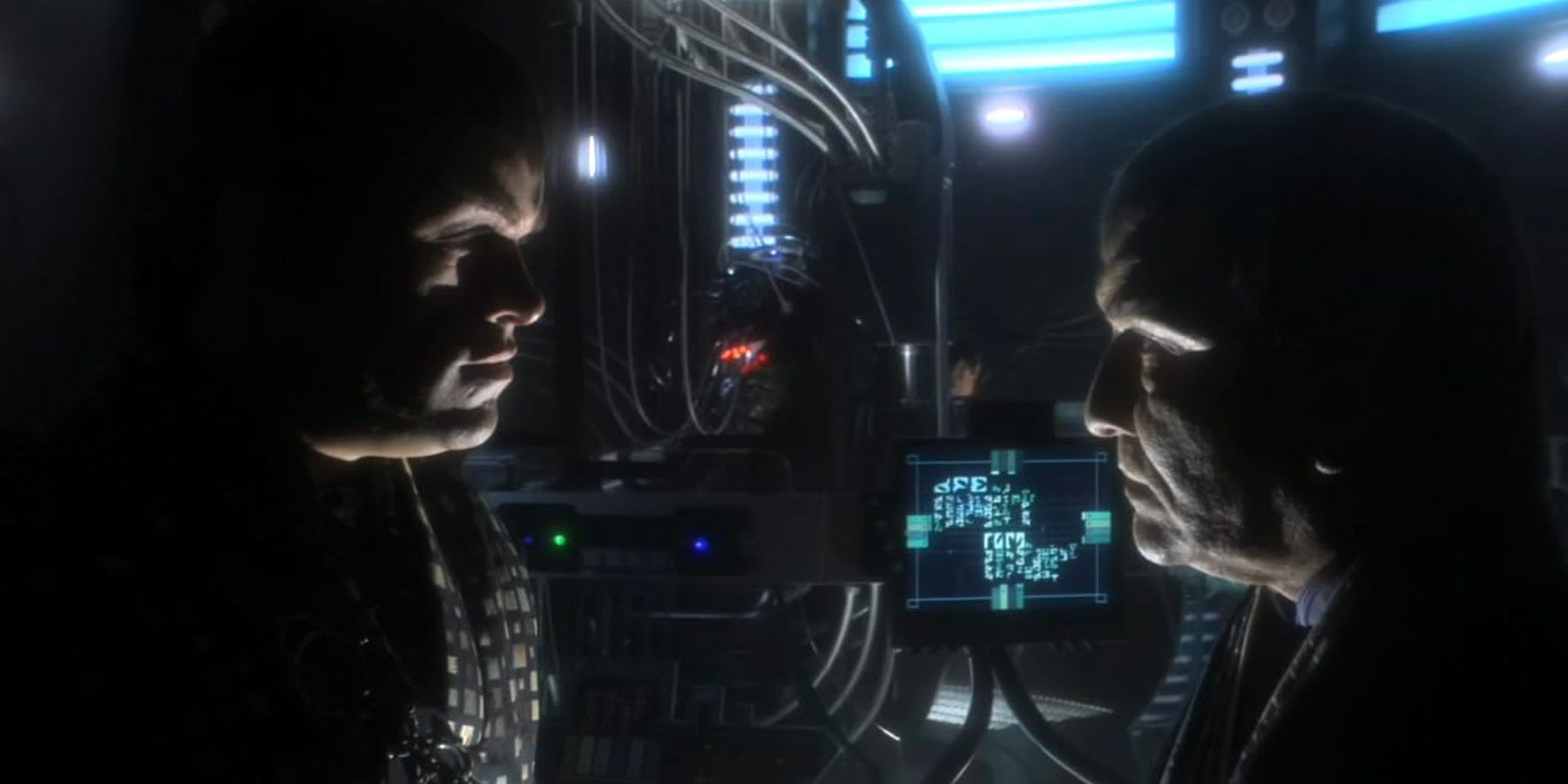Quick Links
Highlights
- The Earth-Romulan War is a critical event in Star Trek history, leading to the establishment of the United Federation of Planets.
- Plans to bring the Romulan War to screen have fallen through, but its build-up and aftermath has been felt through multiple Star Trek series.
- Despite the franchise never showing the war, Romulans have become a key enemy, known for manipulating events from the shadows of the Beta Quadrant.
The Earth-Romulan War is one of the most important events in Star Trek’s dense history but also one of the least explored. A combination of factors and missed opportunities have left this explosive war surprisingly vague. Like the Romulans themselves, it has stayed in the shadows.
However, fans have seen a lot of the build-up and even more of the consequences across Star Trek’s various series. Lurking in the Beta Quadrant, the Romulans have been a persistent threat, underpinning some incredible stories since their iconic first appearance in 1966.
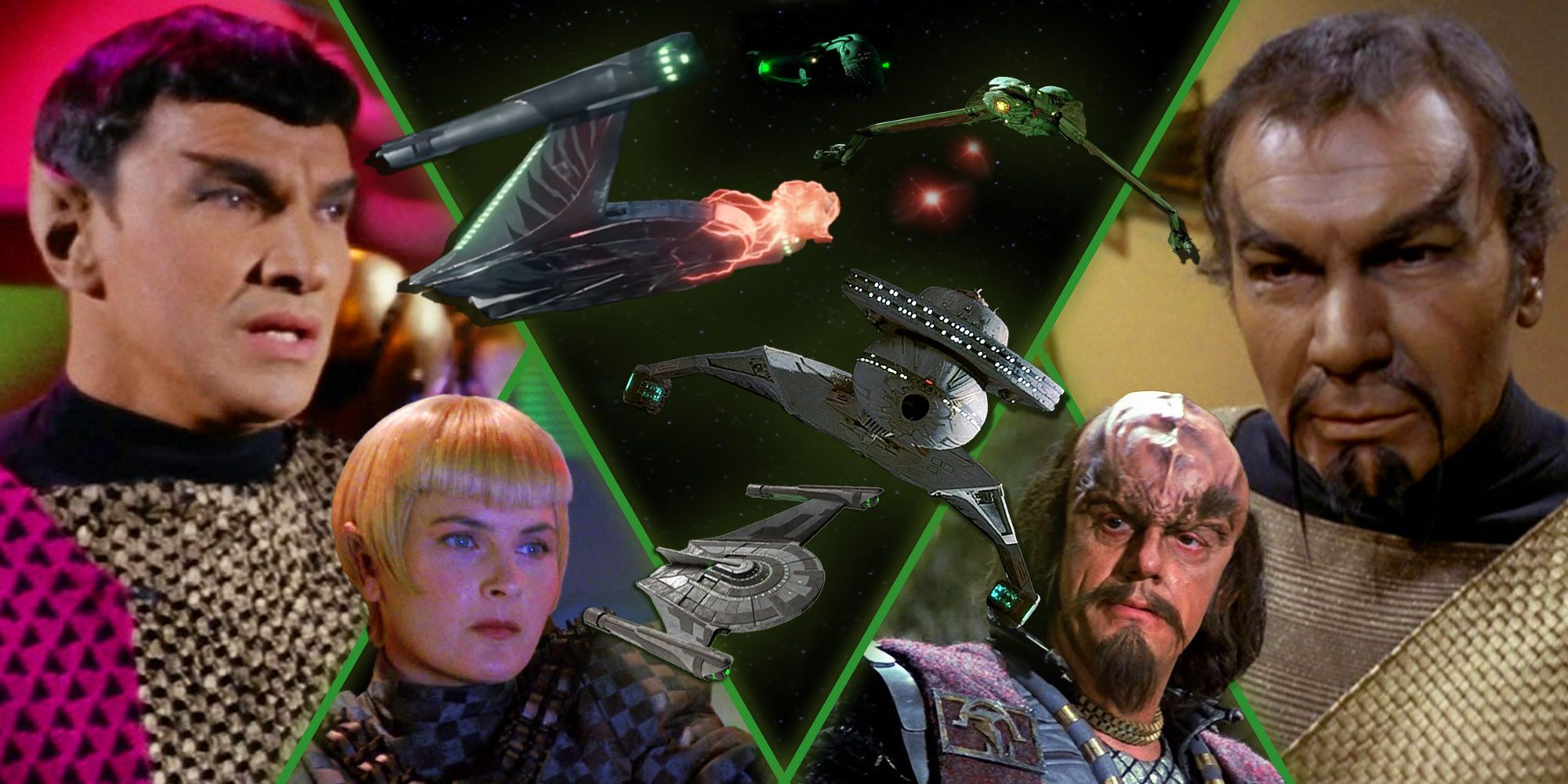
Star Trek: Why Are Romulan and Klingon Starships So Similar?
They may be renowned blood enemies, but have the Romulans and Klingons ever formed a military alliance?
What And When Was The Earth-Romulan War?
The Earth-Romulan War was first mentioned in the Original Series’ thrilling introduction to the Romulans, ‘Balance of Terror.’ That game of cat and mouse between the USS Enterprise and a Romulan Bird of Prey was the first time humanity and Romulans saw each other, and oddity explained as view screen technology not being available during the war.
Fans have only seen the build-up to and consequences of the devastating space war in the franchise. It was the crucial final element to turn the treaties and alliances achieved by the missions of Jonathan Archer’s Enterprise NX-01 into the United Federation of Planets.
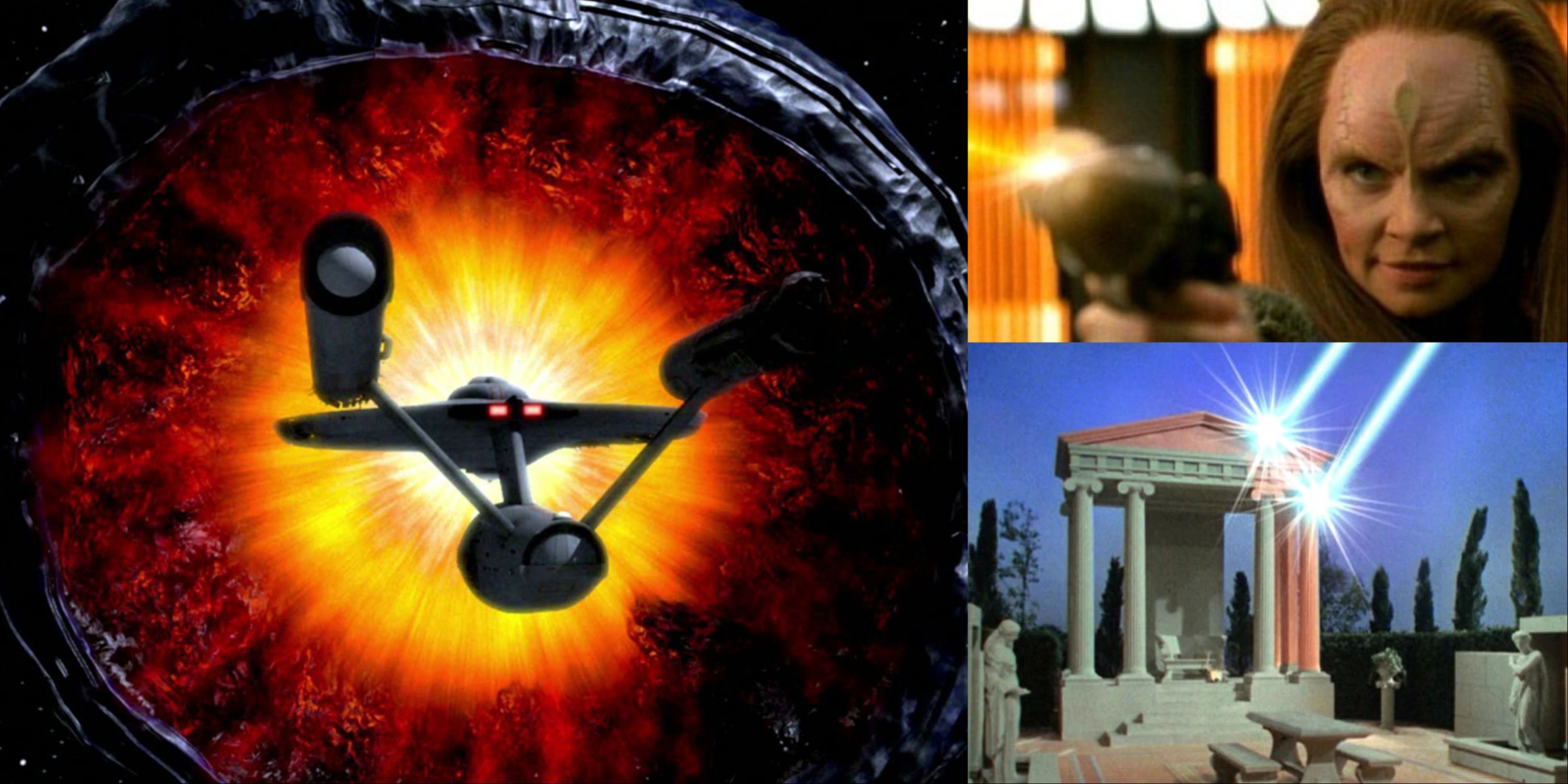
6 Most Powerful Weapons In Star Trek History, Ranked
Star Trek's rich lore has introduced fans to countless pieces of technology—including extremely powerful weapons capable of great destruction.
During Star Trek: Enterprise, fans saw Romulans seeking to unsettle and disrupt alliances forming on their border. Avoiding the direct continuity issues, the Romulans were a remote threat, seeding tension with drone ships and minefields. This aggression culminated in the Earth-Romulan War between 2156 and 2160 — a major, but unsophisticated interstellar conflict.
As Spock explains in ‘Balance of Terror,’ the war involved primitive ships and atomic weaponry. The war ended with the decisive Battle of Cheron, which inflicted a humiliating defeat on the Romulans at the hand of a Human, Vulcan, Andorian and Tellarite alliance.
What Was The Legacy Of The Romulan War?
The immediate effect was the establishment of the Neutral Zone, creating a buffer zone between the Star Empire and Starfleet that kept each other at arm’s length. However, the most significant impact was the establishment of the United Federation of Planets, as seen in the Enterprise finale ‘These are the Voyages…’ after the series had time jumped the war.
For the Romulans, the defeat would set the stage for centuries of interstellar policy. The political effects within the Romulan Empire lasted well into the 24th century, as seen in TNG episodes like ‘The Defector.’
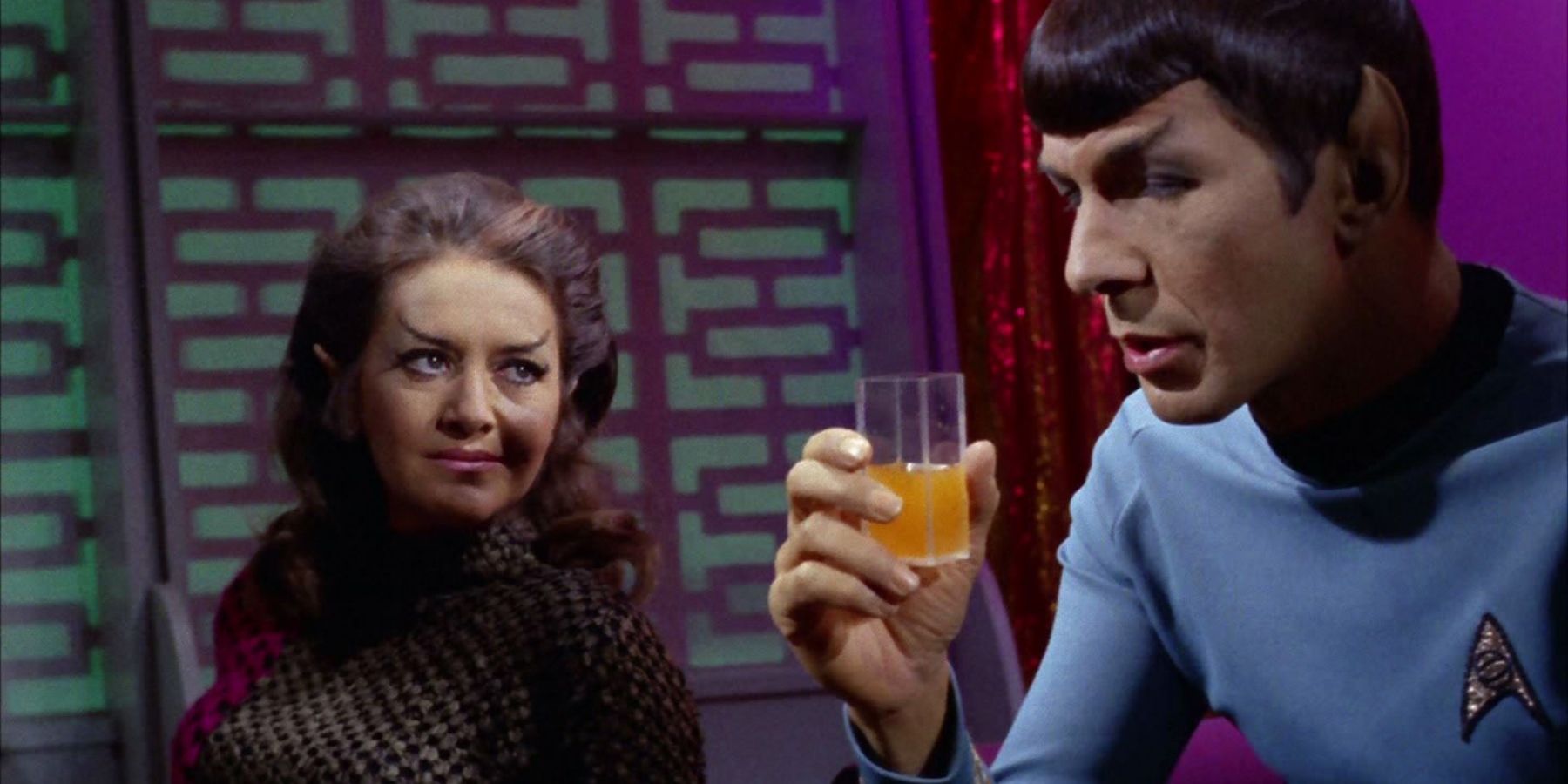
Star Trek: The Relationship Between Vulcans & Romulans, Explained
What connects these two star-crossed foes, and are they really so different?
Losing the war dictated Romulan tactics for many years, reinforcing their preferred method manipulating from afar. The defeat's influence is felt in their attempts to derail the Khitomer Peace Accords in Star Trek VI: The Undiscovered Country and shadowy interference in the Klingon Civil War at the climax of TNG’s Fourth Season, among other nefarious schemes.
How Romulans Have Remained A Key Enemy In Star Trek
Romulans haven’t had the profile of their louder Beta Quadrant neighbors, the Klingons, but that suits both empires' characters. Still, if anything, the Romulans have been underused. After they were replaced as the villains of Star Trek III: The Search for Spock (director Leonard Nimoy thought the theatrical Klingons were a better fit), it took 10 movies for them to take the villainous lead in the final film of the TNG era, Nemesis. Even then, the Romulan Senate had been overthrown by the suppressed inhabitants of Remus and a deranged clone of Jean-Luc Picard.
After skirmishes in the Original Series, some using Klingon-designed ships, TNG reintroduced them as a major villain at the end of Season One. ‘The Neutral Zone’ was an oddly structured episode but repeated the same trick as ‘Balance of Terror.’ After more than half a century of isolation, Romulans reappeared to an unsuspecting Federation with a new look, a devastating new Warbird, and the threat of “We are back.”
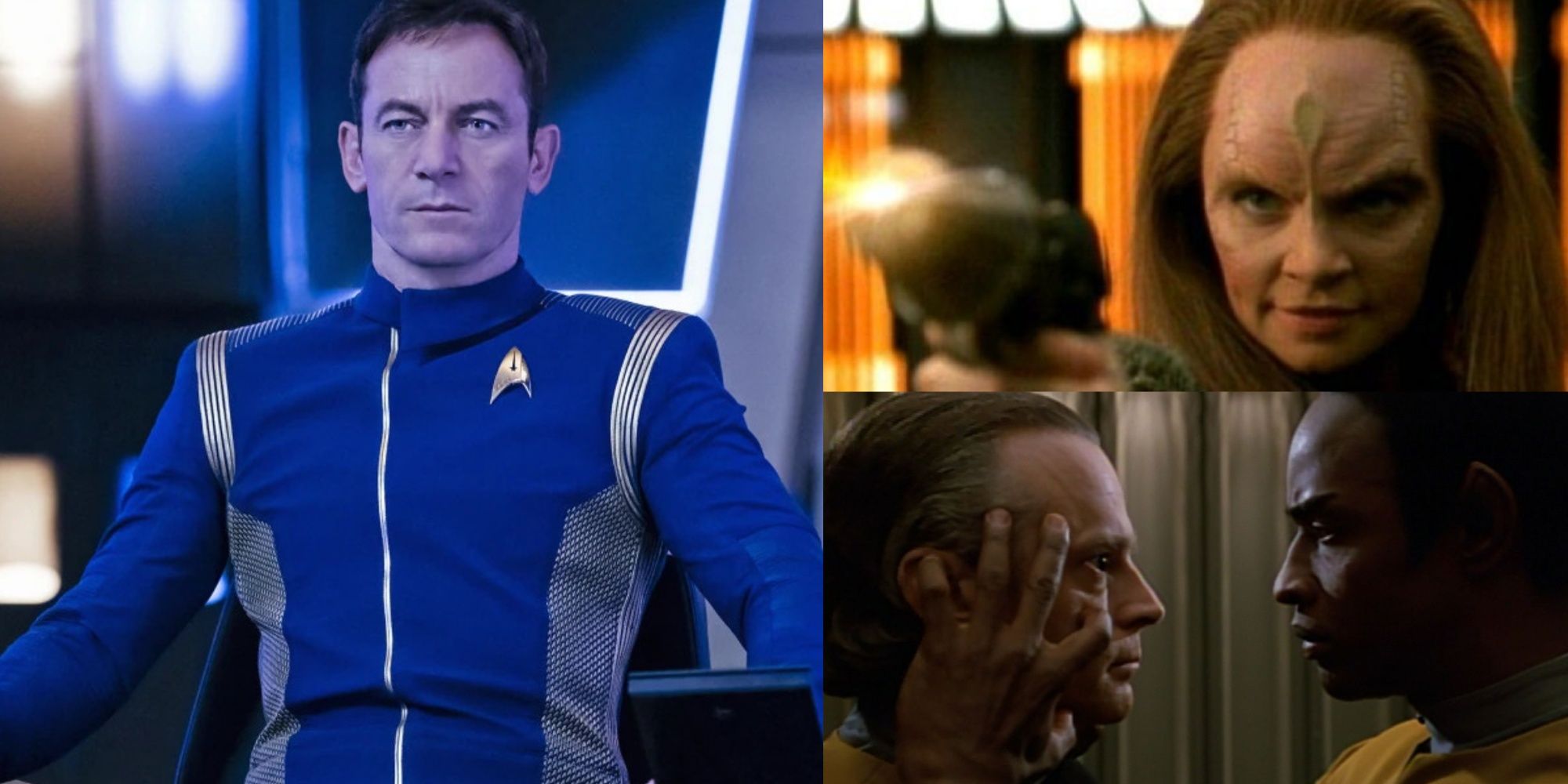
6 Darkest Star Trek Characters, Ranked
Despite Star Trek's portrayal of a utopian future, there are many characters throughout the franchise who feature some very dark characteristics.
When Star Trek returned to TV screens after a long break, Star Trek: Discovery chose the Federation-Klingon War as the backdrop to its first season. However, it was notable that a few years later, Strange New Worlds threw Captain Pike into ‘Balance of Terror’ in the alternate reality of its first season finale, ‘A Quality of Mercy.’
By debuting with a bonafide classic episode, the Romulans seem to have won a battle but not a war with the Klingons. Half a century later, ‘Balance of Terror’ continues to be the benchmark for the Romulans, while the Klingons have never been defined by such an iconic introduction.
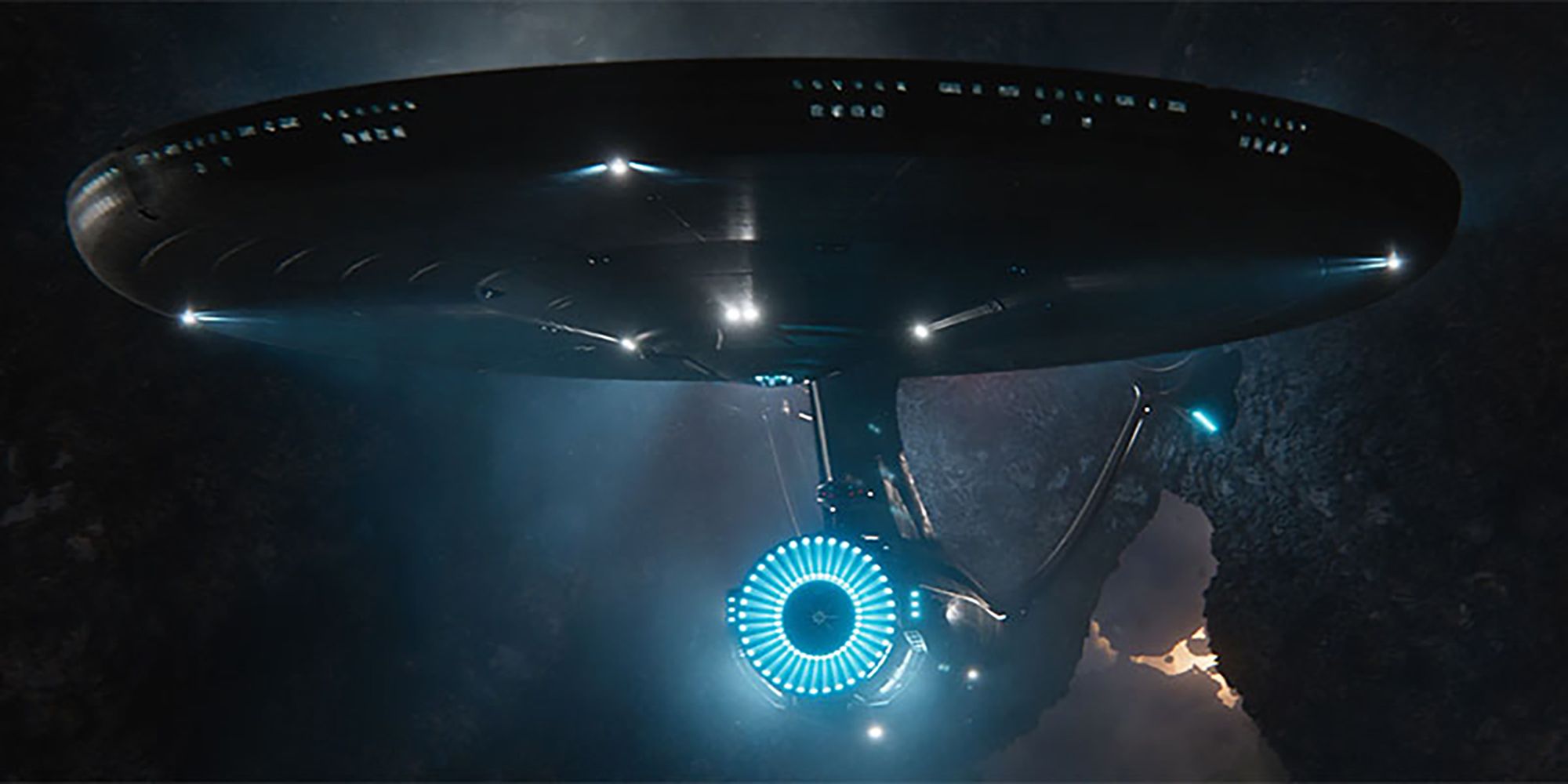
Star Trek: 8 Most Powerful Federation Starships, Ranked
Star Trek is a huge media franchise with a long history of starships, the Starfleet Federation has had some incredible classes of ships in this time.
One unfortunate similarity between the Klingons and Romulans has dictated the Star Empire’s path in recent years. In Star Trek VI, the explosion of the Klingon moon Praxis led to a new era of peace with the Federation — acting as a bridge between the Original Series and TNG. In 2009’s Star Trek, the destruction of Romulus when its star went supernova inadvertently established the Kelvin timeline and set the stall for the events of Star Trek: Picard.
Why Hasn’t The Romulan War Ever Been Seen On Screen?
Fans have been unlucky not to see the Earth-Romulan War on the screen. The closest it has come is through the build-up in Enterprise, where Romulan machinations inadvertently created the alliance that would form the basis of the Federation. Had Enterprise made it beyond four seasons, viewers would undoubtedly have seen more Romulan subterfuge and possibly even the war.
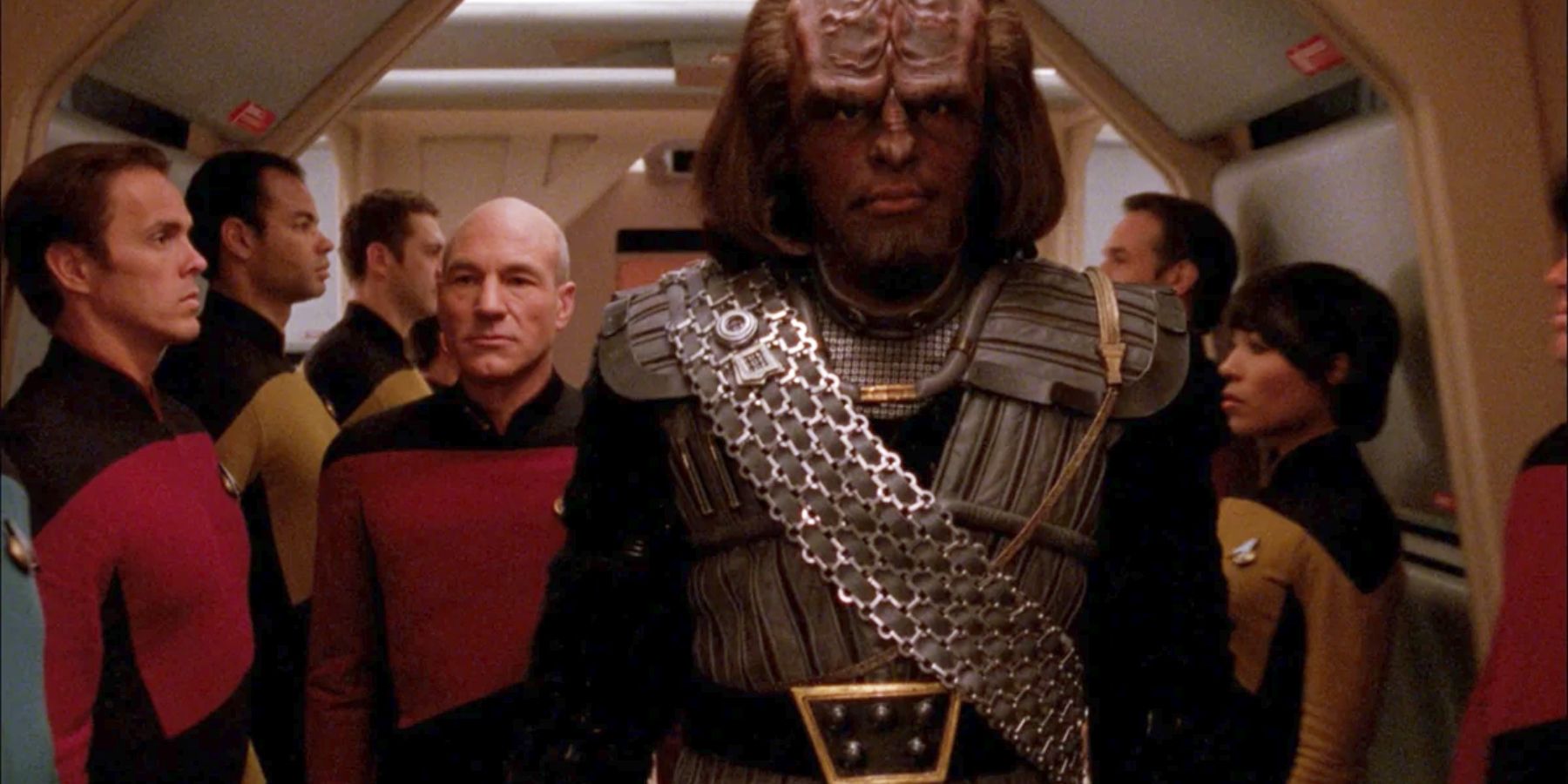
Star Trek: Why Did The War Between Klingons And The Federation End?
What important moments brought these two warring nations together?
Another missed chance came on the big screen. The Romulan War was intended to provide the backdrop of the 11th movie in the franchise, Star Trek: The Beginning. Bridging Enterprise and the Original Series, the script for The Beginning suggested Jonathan Archer’s Enterprise had been stationed at Risa during the initial Romulan attacks that kicked off the war. The movie was shelved in favor of the Kelvin timeline reboot, which put a young Kirk back in charge of the USS Enterprise opposite the devastating Romulan villain Nero.
Romulan on-screen appearances remain as withdrawn and stealthy as the species, unlike their noisy neighbors in the Klingon Empire. Fans may one day see how the Romulan War unfolded, but until then, it’s unsurprising that the Romulan Star Empire is keeping some secrets to itself.
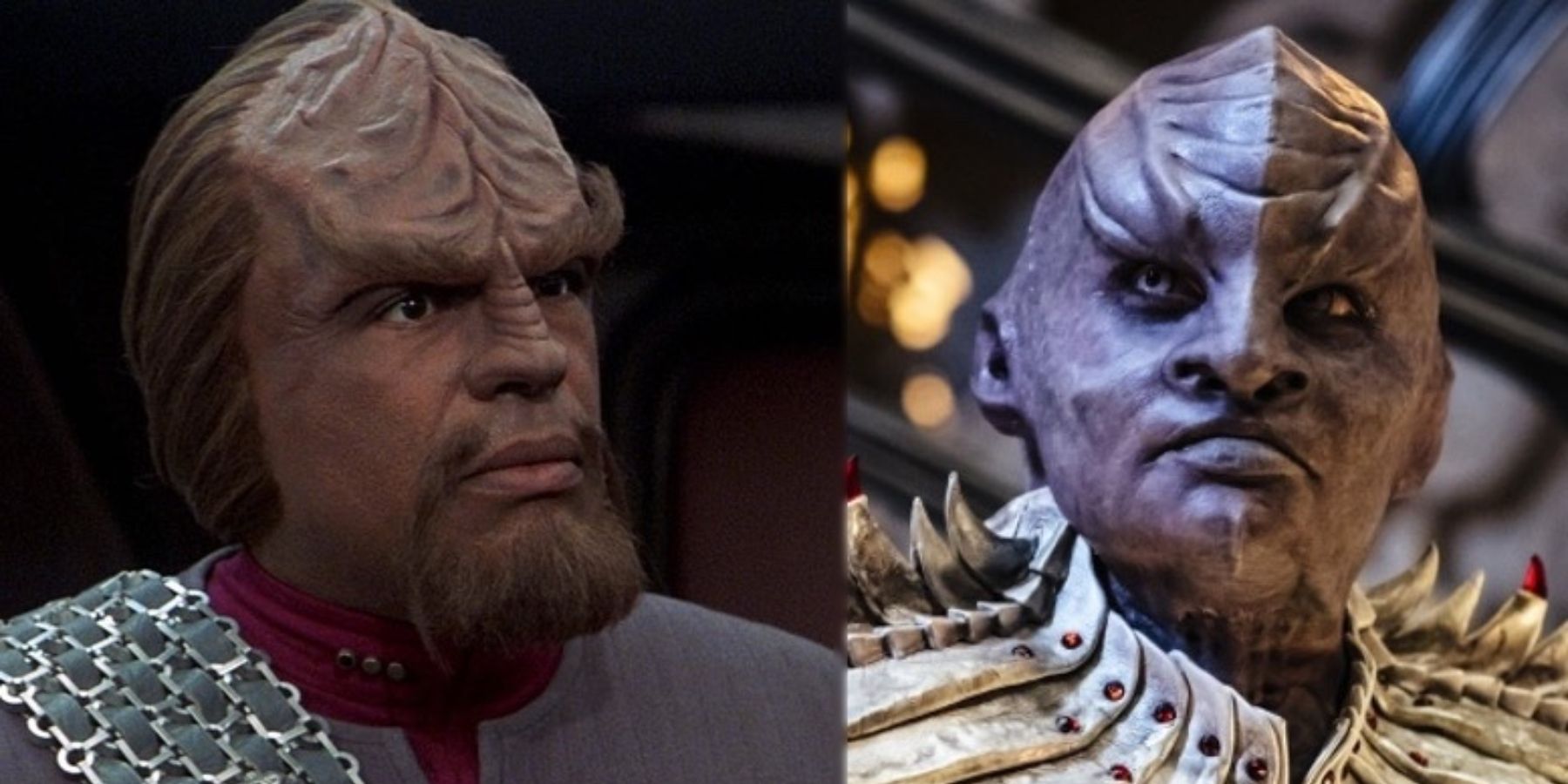
Star Trek: How Portrayals Of The Klingons Have Changed Since Their First Appearance
From the Original Series to Discovery, the Klingons seem to have undergone both plastic surgery and significant cultural changes.

